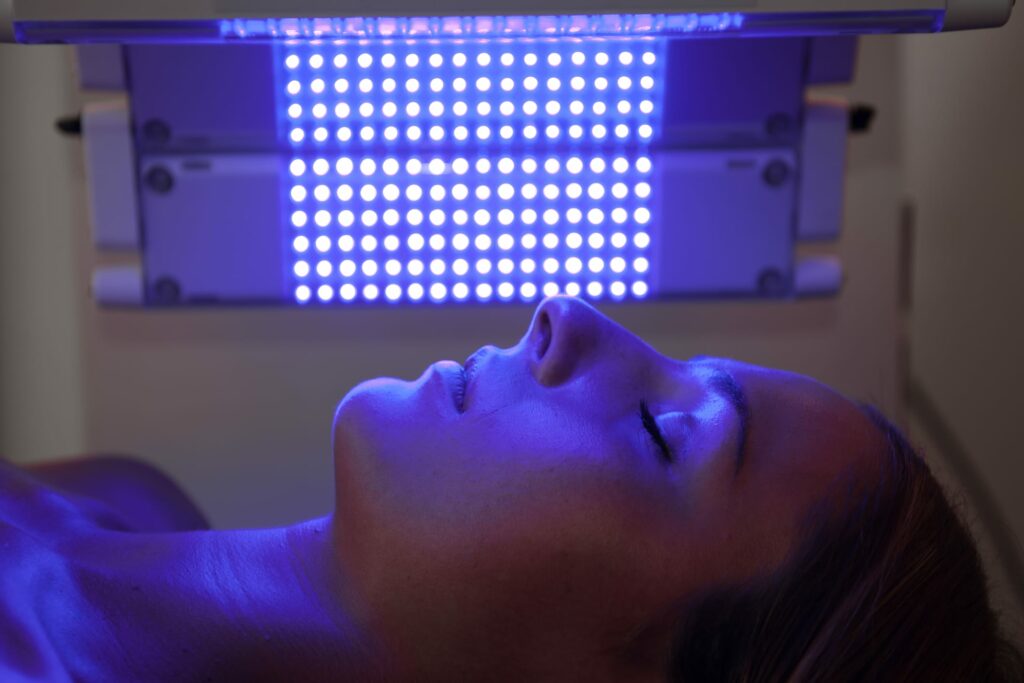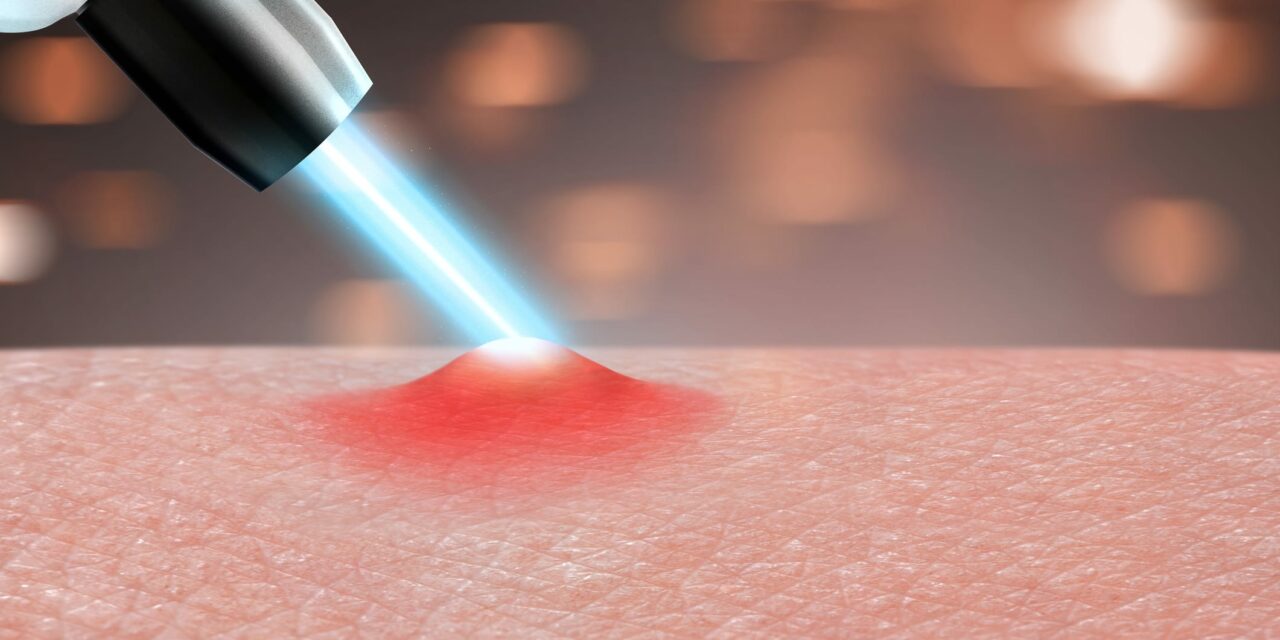Advancements in laser and light-based therapies are improving the treatment of chronic skin conditions, offering new hope for patients.
Recent advancements in laser and light-based therapies have improved the treatment of chronic skin conditions, offering new hope for patients with persistent dermatological issues.
These technologies provide targeted, efficient, and often minimally invasive treatment options for conditions like psoriasis, acne, and vitiligo. This article delves into the latest innovations in laser and light therapies, their mechanisms of action, and their clinical benefits and risks.
The Science Behind Laser and Light Therapies

Laser and light therapies work by delivering specific wavelengths of light to targeted areas of the skin. These wavelengths penetrate the skin layers to treat various conditions at a cellular level. The precision of these treatments allows for minimal damage to surrounding tissues, enhancing recovery times and reducing side effects.
- Photodynamic Therapy (PDT)
- Photodynamic Therapy (PDT) is a two-step treatment that involves the application of a photosensitizing agent followed by exposure to a specific light source. This therapy is particularly effective for treating actinic keratosis, acne, and certain types of skin cancer. Recent advancements have improved the photosensitizers and light delivery systems, increasing the efficacy and reducing the discomfort associated with PDT.
- Excimer Laser Therapy
- Excimer laser therapy utilizes a 308-nm wavelength UVB light to treat localized skin conditions such as psoriasis, vitiligo, and atopic dermatitis. This monochromatic light targets specific areas of the skin, reducing inflammation and promoting repigmentation in vitiligo patients. Advances in excimer laser technology have made treatments more precise and less time-consuming.
- Fractional Laser Therapy
- Fractional laser therapy involves creating microscopic wounds in the skin, which stimulates the body’s natural healing process and promotes the production of new collagen. This therapy is used to treat acne scars, wrinkles, and sun damage. New fractional laser devices offer customizable treatment parameters, allowing dermatologists to tailor treatments to individual patient needs more effectively.
Benefits and Clinical Outcomes

Laser and light therapies offer several benefits over traditional treatments. They provide precise targeting of affected areas, reducing the risk of damage to healthy skin. These treatments often result in quicker recovery times and fewer side effects compared to conventional methods.
- Psoriasis: Laser therapies, particularly excimer lasers, have shown significant efficacy in reducing psoriatic plaques with fewer sessions compared to traditional phototherapy. Patients experience longer remission periods and improved quality of life.
- Acne: PDT and blue light therapy have proven effective in reducing acne lesions by targeting the bacteria responsible for acne and reducing inflammation. These treatments offer an alternative for patients who do not respond well to topical or systemic medications.
- Vitiligo: Excimer laser therapy has been a breakthrough in the treatment of vitiligo, promoting repigmentation in depigmented areas with high precision. Patients benefit from localized treatment, minimizing exposure to surrounding healthy skin.
Risks and Considerations
Despite their benefits, laser and light therapies are not without risks. Common side effects include redness, swelling, and temporary changes in skin pigmentation. In rare cases, scarring and blistering may occur. It is crucial for dermatologists to assess the patient’s skin type, condition severity, and medical history to determine the most appropriate treatment and minimize risks.
Future Directions
The field of laser and light therapies continues to evolve with ongoing research and technological advancements. Innovations such as the development of new photosensitizing agents, improved laser delivery systems, and combination therapies are on the horizon.
These advancements promise to enhance the efficacy and safety of treatments, offering even better outcomes for patients with chronic skin conditions.
Final Thoughts
Laser and light therapies represent progress in dermatological treatments, providing effective and targeted solutions for chronic skin conditions. As technology continues to advance, these therapies will likely become even more refined, offering hope and relief to patients.
For dermatologists, staying abreast of these innovations is essential to providing the best possible care and improving patient outcomes.
Photo 129461753 © Phanawat Choeichiw | Dreamstime.com




